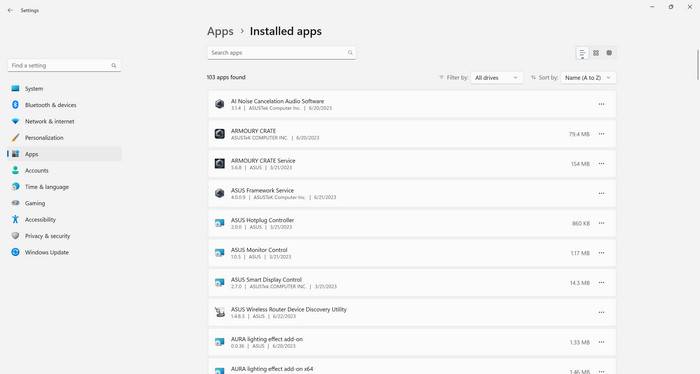When you purchase a new Dell computer, you may notice that it comes pre-installed with various software programs. One such program is Dell VideoStage, a multimedia application that allows users to organize, play, and share their photos, videos, and music. While Dell VideoStage may seem like a useful addition, many users question whether they should remove it from their system. In this article, we will explore what Dell VideoStage is, its features, potential drawbacks, and whether or not you should consider removing it.
What is Dell VideoStage?
Dell VideoStage is a multimedia application developed by Dell that comes pre-installed on many Dell computers. It is designed to provide users with a centralized platform for managing and enjoying their digital media content. With Dell VideoStage, users can organize their photos, videos, and music into albums, create slideshows, and even share their media files with friends and family.
One of the key features of Dell VideoStage is its integration with various online services, such as Facebook, Flickr, and YouTube. This allows users to easily import and share their media files from these platforms directly within the application. Additionally, Dell VideoStage offers a built-in media player that supports a wide range of file formats, ensuring compatibility with most media files.
Pros of Dell VideoStage
There are several advantages to using Dell VideoStage:
- Centralized media management: Dell VideoStage provides a convenient way to organize and access your photos, videos, and music in one place.
- Integration with online services: The ability to import and share media files from platforms like Facebook and YouTube makes it easy to connect with friends and family.
- Built-in media player: Dell VideoStage’s media player supports a wide range of file formats, ensuring compatibility with most media files.
- User-friendly interface: The application is designed to be intuitive and easy to navigate, making it accessible to users of all skill levels.
Cons of Dell VideoStage
While Dell VideoStage offers several benefits, there are also some potential drawbacks to consider:
- Resource consumption: Like any software program, Dell VideoStage requires system resources to run. If you have limited system resources or prefer to minimize the number of background processes running on your computer, you may find that Dell VideoStage slows down your system.
- Alternative software options: There are numerous alternative multimedia applications available that offer similar features to Dell VideoStage. If you already have a preferred media management software or find Dell VideoStage unnecessary, you may prefer to remove it.
- Privacy concerns: Some users may have concerns about the data collection and privacy practices of Dell VideoStage. While Dell has implemented measures to protect user data, it is always important to review the privacy policy and terms of use of any software you install on your computer.
Should I Remove Dell VideoStage?
Whether or not you should remove Dell VideoStage ultimately depends on your personal preferences and needs. Here are a few factors to consider:
- If you frequently use Dell VideoStage to organize and enjoy your media files, and you find its features beneficial, there may be no need to remove it.
- If you have limited system resources or prefer to use alternative multimedia applications, removing Dell VideoStage can help free up resources and streamline your computer’s performance.
- If you have concerns about privacy or data collection, you may prefer to remove Dell VideoStage and use alternative software that aligns with your privacy preferences.
If you decide to remove Dell VideoStage from your Dell computer, it is recommended to use a reliable uninstall tool to ensure a clean removal. One such tool is Revo Uninstaller Free, which can thoroughly uninstall Dell VideoStage and remove any leftover files or registry entries.
Conclusion
Dell VideoStage is a multimedia application that offers users a centralized platform for managing and enjoying their digital media content. While it provides several benefits, such as centralized media management and integration with online services, there are also potential drawbacks to consider, including resource consumption and privacy concerns.
Ultimately, the decision to remove Dell VideoStage depends on your personal preferences and needs. If you find the application useful and enjoy its features, there may be no need to remove it. However, if you prefer alternative software options, have limited system resources, or have privacy concerns, removing Dell VideoStage may be a viable option.
Regardless of your decision, it is important to use a reliable uninstall tool, such as Revo Uninstaller Free, to ensure a clean removal of Dell VideoStage and any associated files or registry entries.











